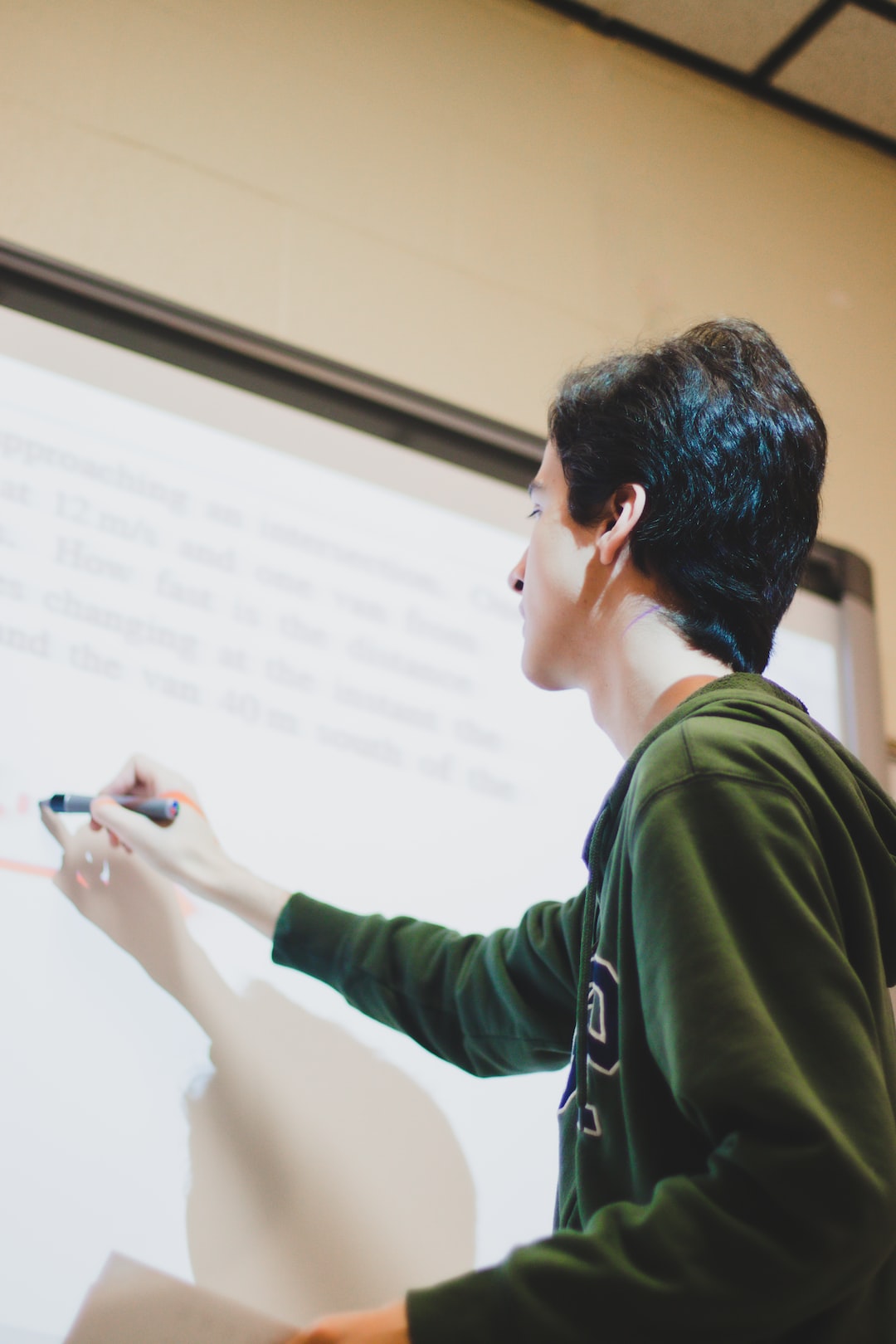The Role of Arts Education in Child Development
In today’s competitive world, parents and educators are constantly seeking ways to enhance children’s overall development. While subjects like math, science, and language are commonly prioritized, it is crucial not to overlook the significance of arts education in child development. Engaging in various art forms such as music, visual arts, drama, and dance can have a profound impact on a child’s cognitive, emotional, and social development.
One of the key benefits of arts education is its positive influence on a child’s creativity and imagination. Through arts activities, children are encouraged to think outside the box, explore different perspectives, and express themselves in unique and innovative ways. Whether it is painting a picture, writing a poem, or composing a song, arts education provides a safe environment for children to unleash their creative potential, enabling them to develop their own voice and unique identity.
Additionally, arts education has been shown to enhance cognitive abilities in children. Studies have demonstrated that engaging in arts activities stimulates neural connections in the brain that are vital for cognitive functions such as problem-solving, critical thinking, and decision-making. For example, when a child learns to play a musical instrument, they simultaneously develop their hand-eye coordination, memory, and concentration skills. Similarly, engaging in theater or dance activities requires children to memorize lines or movements, improving their ability to retain information and enhancing their overall cognitive abilities.
Moreover, arts education plays a vital role in emotional development. Art forms provide children with a means of understanding and expressing their feelings, emotions, and experiences. Through these expressive outlets, children can develop a greater self-awareness and emotional intelligence. For example, a child may use painting as a means of processing and expressing their emotions, enabling them to articulate their inner thoughts and feelings. This self-expression can help children to better understand themselves and develop healthier coping mechanisms for managing emotions.
Arts education also plays a significant role in social development, fostering a sense of collaboration, teamwork, and empathy among children. Engaging in group art projects, school plays, or musical ensembles allows children to work together towards a common goal, enhancing their social skills and fostering a sense of community. Through collaborative art activities, children learn to communicate effectively, listen to others’ perspectives, and develop empathy, as they gain an appreciation for diverse ideas and backgrounds. These social skills are not only essential for a child’s personal growth but also for their future success in social and professional environments.
Additionally, arts education helps to cultivate cultural awareness and appreciation. By exposing children to different art forms from various cultures and historical periods, they gain a broader understanding of the world around them. This exposure fosters an appreciation for diversity and encourages children to embrace different perspectives and ways of life. The ability to appreciate and understand different cultures is an essential skill in our globalized society and can help children to become more open-minded individuals.
In conclusion, arts education plays a crucial role in child development. Its benefits encompass cognitive, emotional, and social aspects that contribute to a well-rounded individual. It provides children with a platform to explore their creativity, enhance their cognitive abilities, express their emotions, develop social skills, and foster cultural appreciation. As parents and educators, we should prioritize arts education and ensure it remains an integral part of a child’s overall education, unlocking their full potential and enriching their lives.

